Using ABA to teach vocational skills
Unlocking Vocational Success with Science-Backed Strategies

Empowering Individuals through ABA-Driven Vocational Training
Applied Behavior Analysis (ABA) has emerged as a powerful, evidence-based approach to teaching vocational skills to individuals with autism spectrum disorder (ASD) and intellectual disabilities. By leveraging scientific principles of learning and behavior, ABA provides structured, individualized support that fosters independence and enhances employment outcomes. This article explores how ABA techniques can be applied to vocational training, the effectiveness of these interventions, available resources, and the broader impact on social and occupational integration.
Core Principles and Structure of ABA in Vocational Education
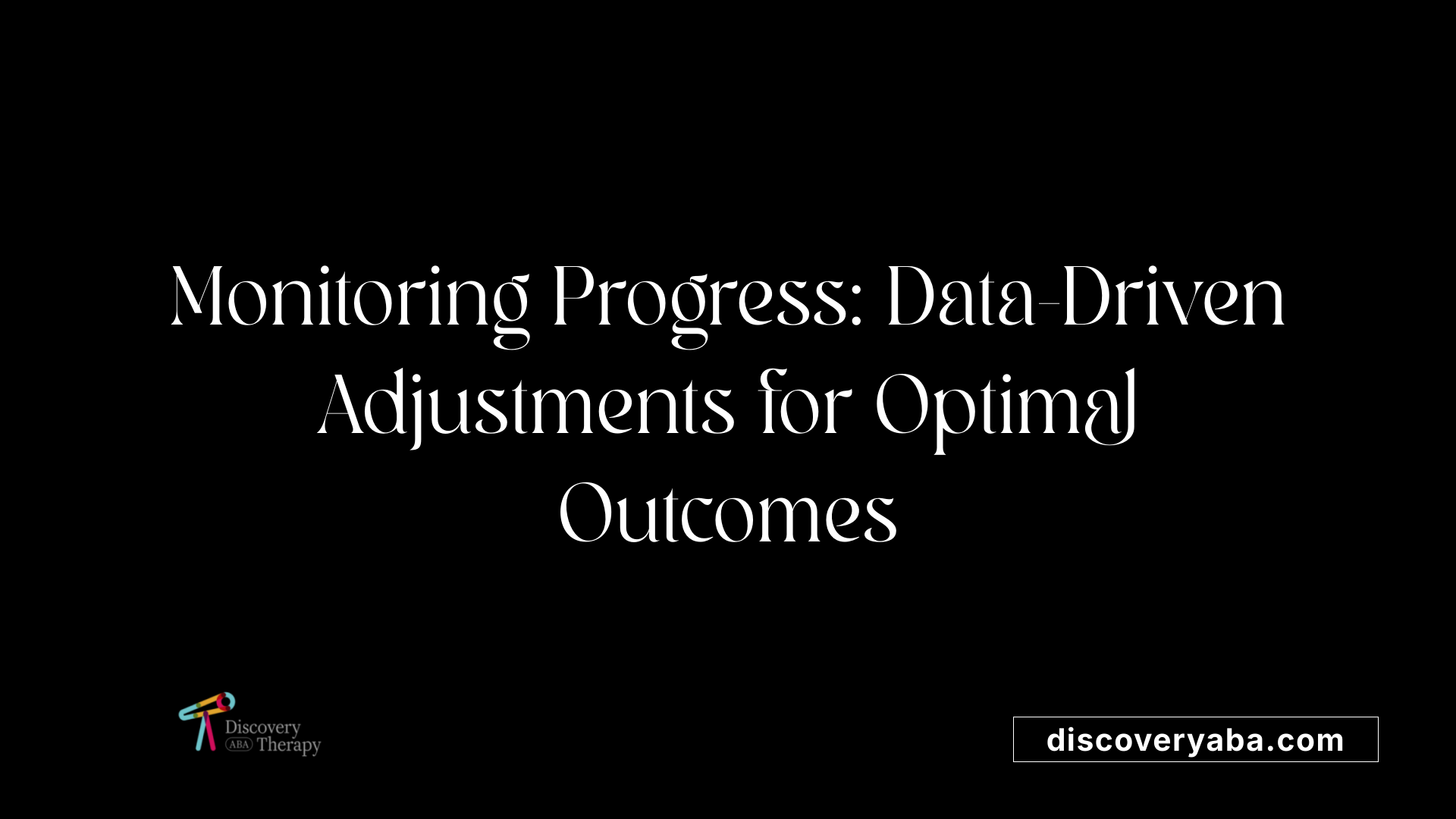
How can ABA be used to teach vocational skills to individuals with autism or intellectual disabilities?
Applied Behavior Analysis (ABA) is a highly effective approach for teaching vocational skills to individuals with autism and intellectual disabilities. It employs systematic techniques such as task analysis, prompting, reinforcement, and video modeling to break down complex work-related tasks into clear, manageable steps. This structured process allows learners to master each part of a skill progressively, building confidence and competence.
Customization is central to ABA in vocational training. Practitioners develop individualized plans based on comprehensive assessments that identify each person's strengths, needs, interests, and specific employment goals. The strategies include positive reinforcement—rewards and praise for performing tasks correctly—which motivates learners and encourages continued effort.
Furthermore, the approach incorporates ongoing data collection to monitor progress. This information helps practitioners make informed adjustments to interventions, ensuring skills generalize across different environments such as workplaces or community settings. The ultimate aim is to improve practical, employable skills, including communication, organization, safety awareness, and social interactions, to promote successful employment outcomes.
What are effective methods and strategies of applying ABA techniques in vocational training?
Implementing ABA in vocational training involves several effective methods. Task analysis is foundational, involving breaking down skills like resume writing, time management, or operating tools into small, teachable steps.
Visual supports such as charts, social stories, and comic strips aid comprehension and recall, especially for visual learners. Prompting strategies—like verbal prompts, gestures, or physical guidance—initially assist in task performance. These prompts are gradually faded to encourage independent work.
Behavioral Skills Training (BST) is another valuable method, combining instruction, modeling, rehearsal, and feedback. This helps learners practice skills in simulated or real work environments, ensuring they acquire and sustain essential vocational behaviors.
Positive reinforcement remains an repeated intervention, such as tokens, praise, or preferred activities, to motivate desired behaviors. Error correction procedures are also crucial, providing learners with guidance to improve performance.
Tailoring these methods to individual needs and consistently collecting data to monitor progress ensures that interventions are effective and adaptable, leading to better employment readiness.
How effective is ABA in developing vocational skills and improving employment outcomes?
Research strongly supports ABA’s effectiveness in promoting vocational skills and improving employment prospects for individuals with autism and intellectual disabilities. By focusing on skills like following instructions, workplace safety, communication, and social interactions, ABA prepares learners for real-world jobs.
Programs targeting work-specific skills—such as task completion, punctuality, and interpersonal communication—have demonstrated significant success in increasing employment rates and job retention. ABA also helps develop domains like work independence and routine adherence, which are directly linked to employment success.
Studies indicate that when ABA is integrated with supported employment services, the outcomes are notably better. Participants are more likely to maintain employment and perform tasks independently. Overall, ABA proves to be a foundation for fostering lifelong employment and social integration.
What resources and educational materials support the teaching of vocational skills through ABA?
A variety of resources and materials support ABA-based vocational training. Standardized assessment tools like the Assessment of Basic Language and Learning Skills-Revised (ABLLS®-R) guide individualized planning. Curricula developed specifically for vocational skills provide structured lessons and activities.
Digital resources—including videos, downloadable worksheets, and visual supports—aid instruction and facilitate remote or in-class interventions. Several organizations, such as Different Roads to Learning, supply books, manuals, and program guides tailored to ABA teaching in workplace contexts.
Online courses and webinars offered by professional organizations train educators, clinicians, and families in ABA strategies specific to vocational development. These educational materials ensure that practitioners are equipped with current, evidence-based practices to improve employment readiness for individuals with ASD.
What role does ABA play in enhancing social and vocational skill development in individuals with autism spectrum disorder?
ABA is instrumental in advancing both social and vocational skills among individuals with ASD. It utilizes social stories, role-playing, and reinforcement to teach communication and relationship-building skills.
In vocational contexts, ABA addresses job-specific behaviors such as task completion, interpersonal interactions, and safety protocols. Through targeted interventions, learners develop better social awareness and adaptability, which are critical for workplace success.
Additionally, ABA supports emotional regulation and sensory management, creating a stable foundation for learning and social engagement. The systematic nature of ABA ensures that improvements in social connectedness and employability are sustainable, thereby enhancing overall quality of life.
Are there professional guidance and courses available related to ABA-based vocational training?
Yes, numerous professional guidance and training options are available for those interested in ABA-based vocational training. Accredited programs, such as those offered by the Behavior Analyst Certification Board (BACB®), provide coursework, supervised fieldwork, and certification for practitioners—from Registered Behavior Technicians (RBT®) to Board-Certified Behavior Analysts (BCBAs).
Specialized training platforms, like ATCC® and Special Learning, offer online courses focusing on ABA strategies tailored to vocational and employment skills development. These courses cover behavior management, ethical practices, and effective teaching techniques.
Participation in such programs equips professionals with the necessary knowledge and ethical understanding to implement ABA effectively in employment settings, improving outcomes for individuals with ASD.
What are the theoretical and research insights on the application of ABA in vocational skill instruction?
Theoretically, ABA is grounded in the principles of reinforcement, chaining, and task analysis. Research consistently shows that applying these principles in real-world contexts accelerates skill acquisition and retention in vocational training.
Empirical studies reveal that combining simulated tasks with actual work experiences boosts learning efficiency. Supported employment programs integrating ABA strategies report higher employment rates and longer job tenure.
Challenges identified include fidelity of implementation and misinterpretation of ABA principles. Ongoing research emphasizes the importance of tailoring interventions to individual needs and continuously evaluating effectiveness.
Fundamentally, ABA's evidence-based framework supports the development of both technical skills and soft skills essential for employment success, with research guiding best practices.
What is the role of behavior analysts in vocational settings?
Behavior analysts play a pivotal role by designing and overseeing ABA interventions that focus on individual employment goals. They conduct assessments to identify skill deficits and develop tailored intervention plans.
Their involvement includes training staff and stakeholders, implementing behavior management strategies, and analyzing data to monitor progress. Behavior analysts ensure that interventions remain effective and aligned with each learner’s employment objectives.
Additionally, they assist in creating supportive work environments, promoting social interactions, and addressing behavioral challenges, ultimately helping individuals with disabilities to achieve greater independence and sustained employment.
How can ABA help improve independence and job readiness for individuals with disabilities?
ABA enhances independence and job readiness by systematically teaching essential workplace skills—like task completion, safety procedures, and interpersonal communication—using structured teaching methods.
Techniques such as task analysis and prompting help learners perform routines with less assistance over time. Positive reinforcement encourages consistent employment behaviors.
Self-monitoring and error correction promote self-awareness and accountability. ABA also focuses on social skills, emotional regulation, and sensory coping strategies, vital for thriving in diverse employment settings.
As a result, individuals gain confidence, self-sufficiency, and competence, enabling them to participate more fully in the workforce and community life.
A Future of Opportunities and Independence
The integration of ABA into vocational training programs offers a promising pathway toward increased independence, employment success, and improved quality of life for individuals with autism spectrum disorder and intellectual disabilities. As research continues to validate its effectiveness, and with the availability of comprehensive resources and professional guidance, ABA stands as a cornerstone in fostering meaningful employment opportunities. By customizing interventions and ensuring ongoing support, practitioners, families, and employers can work collaboratively to unlock each individual’s potential, creating inclusive communities where everyone can thrive.
References
- Employment and Vocational Skills Among Individuals with Autism ...
- Teaching ABA Social Skills to Students with Autism - TeachTown
- Vocational skills for individuals with autism and/or intellectual and ...
- Applied Behavior Analysis (ABA) | Autism Speaks
- Enhancing Job-Site Training of Supported Workers With Autism
- Board certified behavior analysts and school fidelity of Applied ...
- Strengthening Community Engagement with Vocational Training ...
- Treating adaptive living skills of persons with autism using applied ...
- Vocational skills for individuals with autism and/or intellectual and ...
Does Your Child Have An Autism Diagnosis?
Learn More About How ABA Therapy Can Help
Find More Articles
Contact us
North Carolina, Nevada, Utah, Virginia
New Hampshire, Maine
Arizona, Colorado, Georgia, New Mexico, Oklahoma, Texas
.avif)

















.jpeg)



























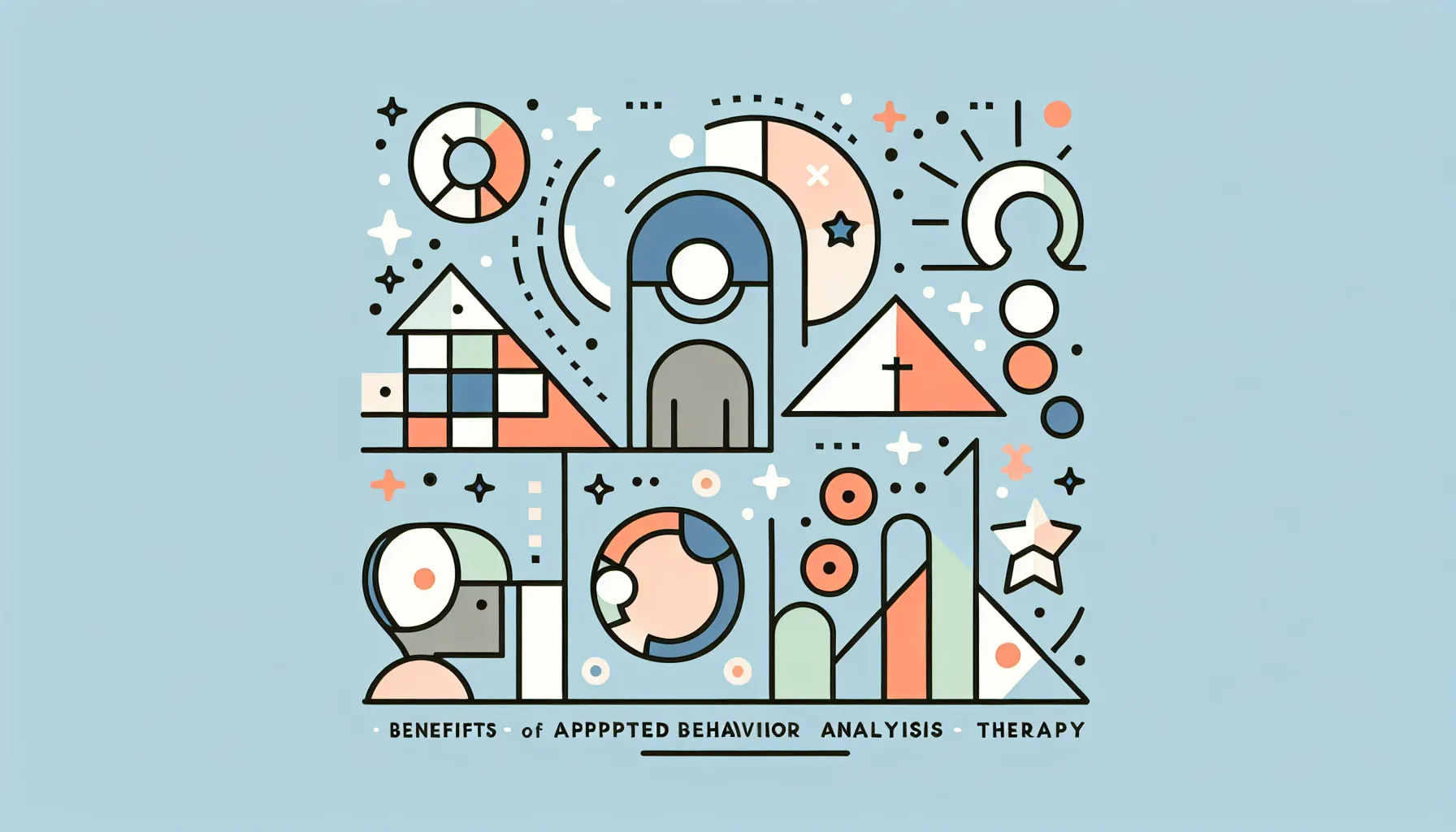






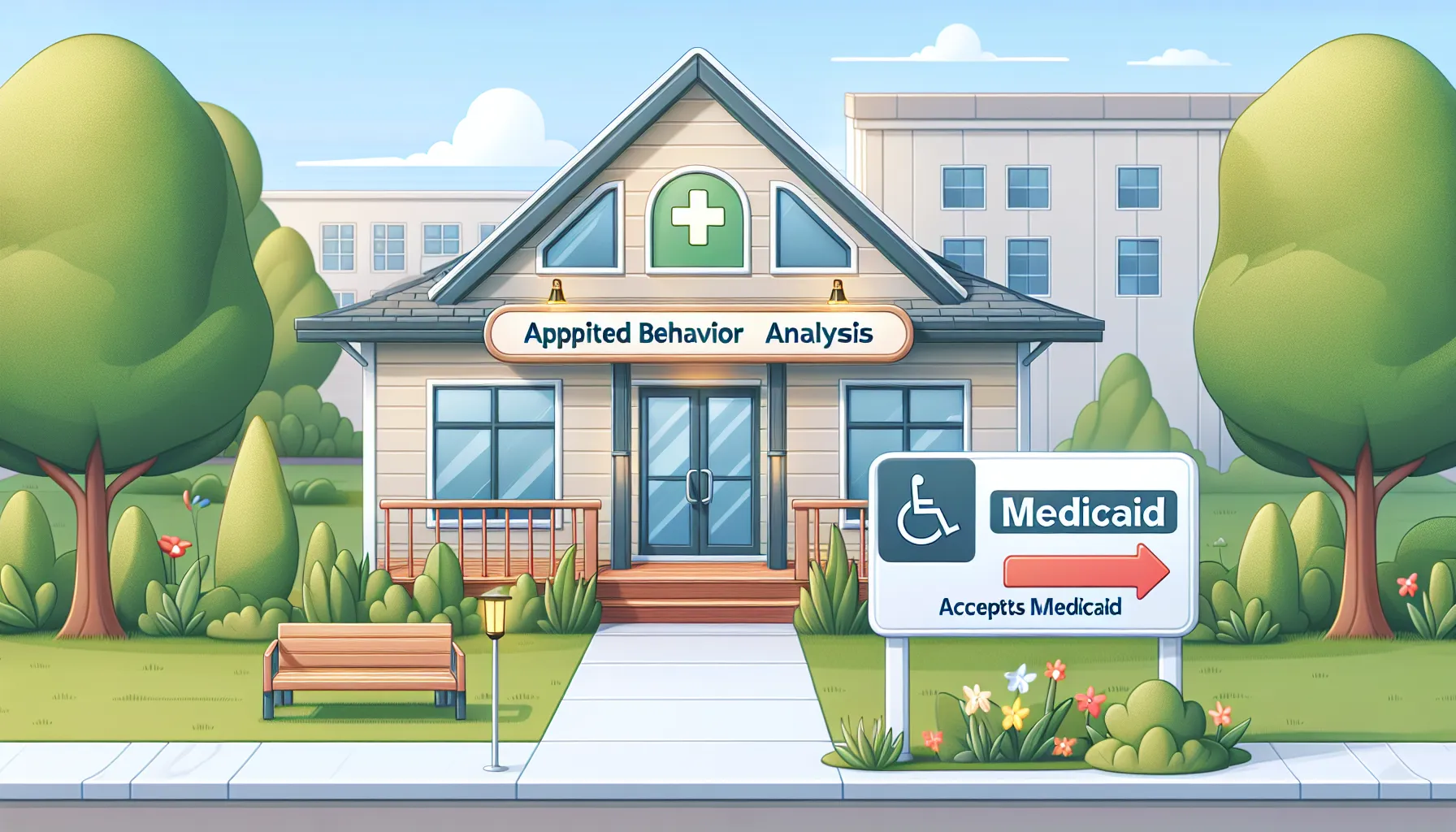




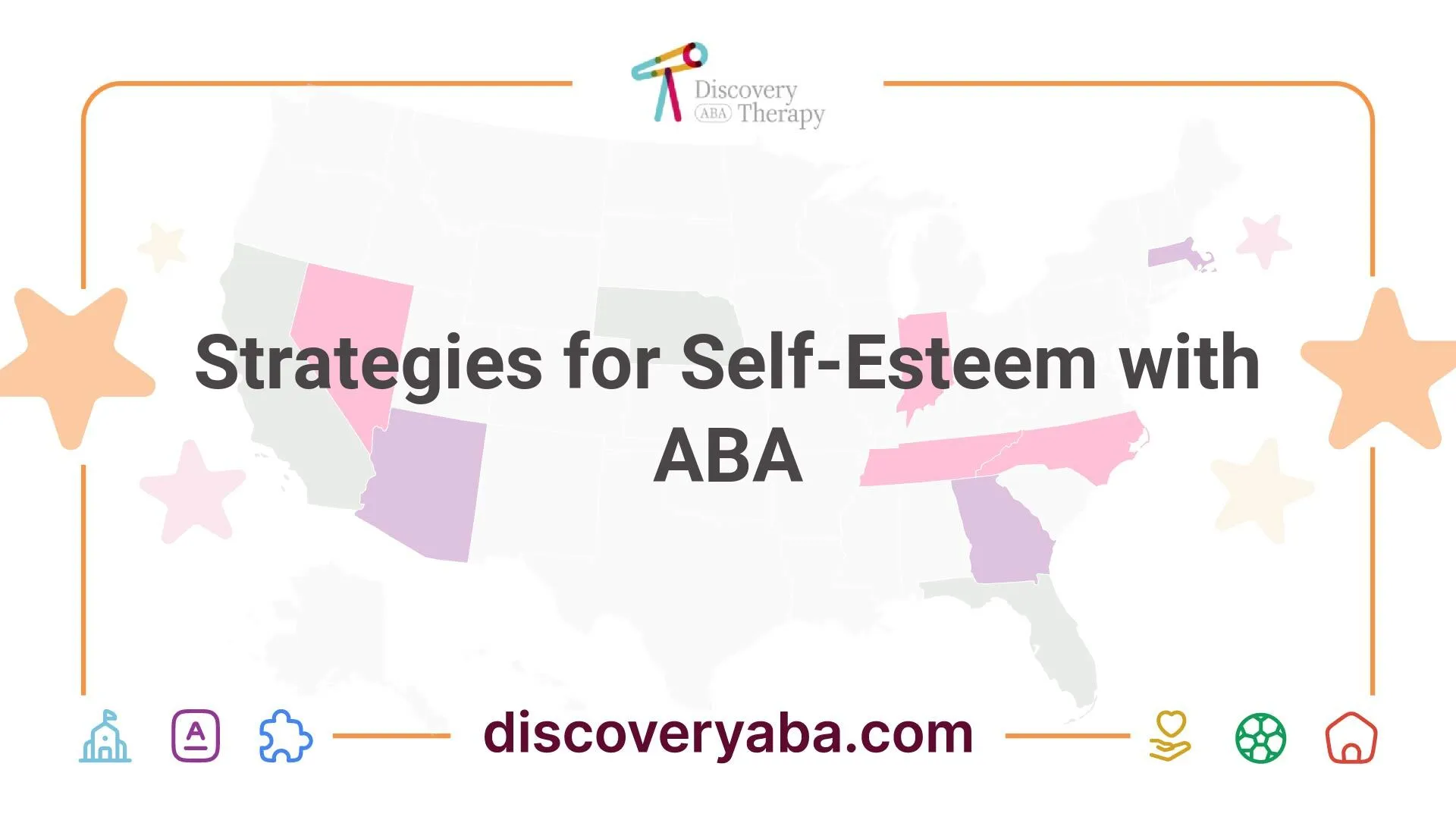




.jpeg)







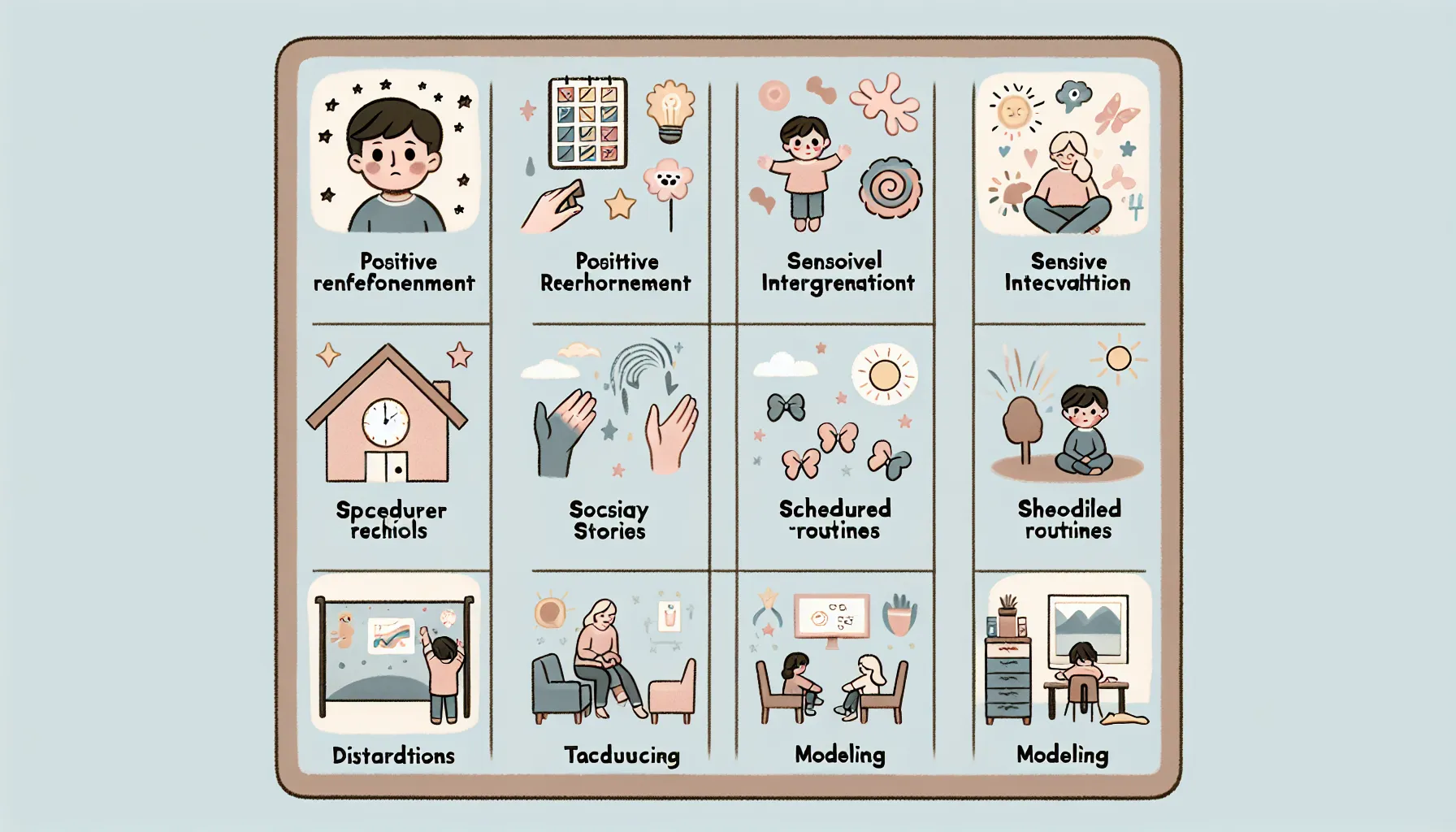

.jpeg)
.jpeg)



.jpeg)




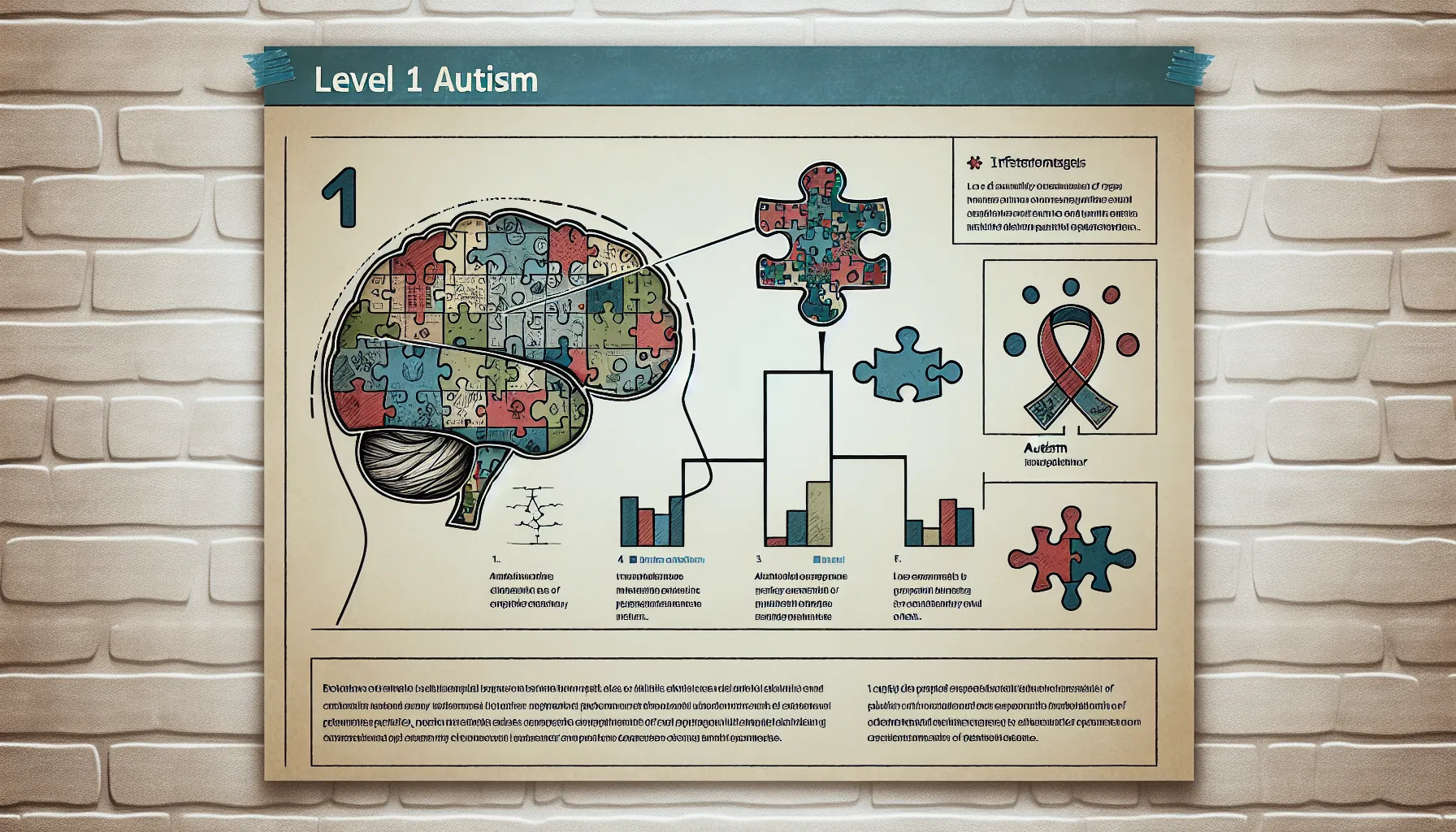











.jpeg)
.jpeg)



.jpeg)
.jpeg)
